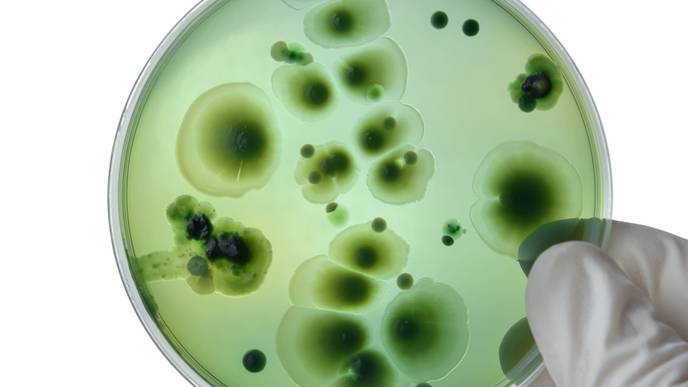Uncovered: The Source of Sticking Power and Virulence for an Emerging Fungal Pathogen

09/29/2023
A previously uncharacterized adhesin protein specific to a human fungal pathogen first discovered in 2009 plays a crucial role in the fungus’s ability to colonize a variety of living and non-living surfaces, and in its virulence, according to a new study. “These findings [about Candida auris] offer insight into the genetics and molecular mechanisms by which [this fungus] mediates surface association, a trait critical to the increasing disease burden of this emerging pathogen,” write the authors. Since its first discovery in 2009, C. auris has become increasingly responsible for life-threatening infections in health care facilities worldwide. Outbreaks of themultidrug-resistant pathogen are usually characterized by persistent colonization of patient skin and abiotic surfaces, including those of medical devices, which can remain positive for long periods and become intractable sources of contaminative transmission. This ability to colonize a wide range of surfaces is central to its emergence as a concerning threat to global health. For fungal pathogens to attach to and colonize a surface, they rely on cell surface-exposed adhesin proteins. Although C. auris encodes genes similar to conserved adhesin families found in other Candida species, it’s unclear what gives C. auris its unique ability to colonize long-term on such a wide range of biotic and abiotic surfaces. Darian Santana and colleagues characterized adhesins produced by C. auris and explored the basis of adhesion across 23 isolates from all 5 clades of the species. In addition to conserved adhesins resembling those in other Candida species, Santana et al. discovered a previously uncharacterized adhesin – Surface Colonization Factor (SCF1) – which was dominant and specific to C. auris. Unlike other fungal adhesins, which function through hydrophobic interactions, SCF1 relies on cationic interactions for surface attachment. The authors show that SCF1, in addition to the conserved adhesin IFF4109, are the principal mediators of biofilm formation, long-term surface colonization of skin and medical devices, and virulence in systemic infection.
Article Title
A Candida auris-specific adhesin, SCF1, governs surface association, colonization, and virulence
Article Publication Date
29-Sep-2023
Disclaimer: AAAS and EurekAlert! are not responsible for the accuracy of news releases posted to EurekAlert! by contributing institutions or for the use of any information through the EurekAlert system.

Facebook Comments